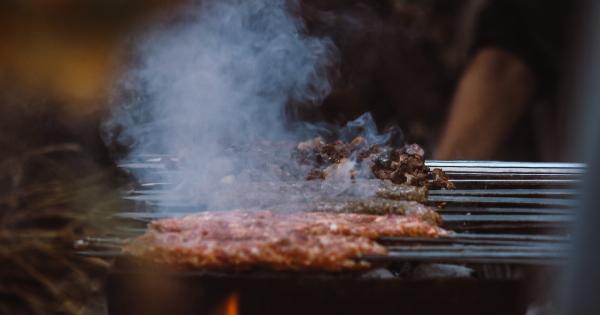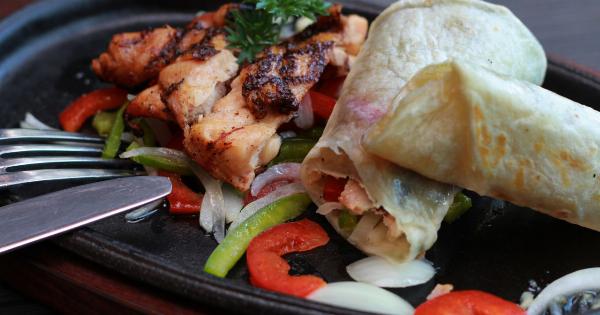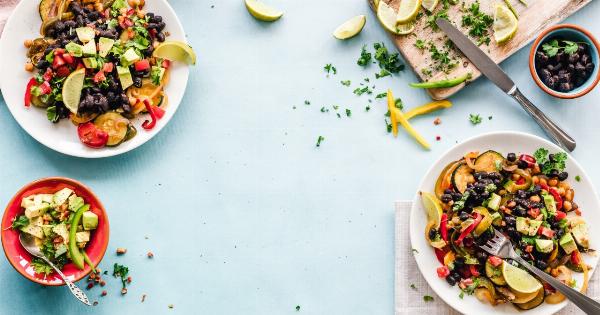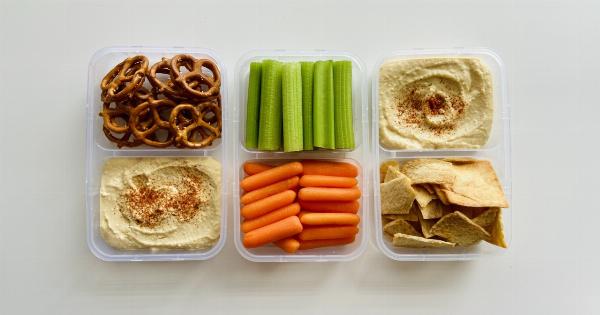Iron is an essential mineral that plays a vital role in various bodily functions, including the production of red blood cells and transportation of oxygen.
While red meats, such as beef and lamb, are commonly known as excellent sources of iron, there are plenty of other food options available for those who prefer not to consume red meat. This article will explore a variety of alternative iron sources that can help meet your daily iron requirements.
1. Poultry
Poultry, such as chicken and turkey, can be excellent alternatives to red meat when it comes to iron content. Besides being rich in iron, poultry is also a good source of high-quality protein, vitamins, and minerals.
Consuming skinless chicken or turkey breasts can provide you with a significant amount of iron while keeping the overall fat content relatively low. Including poultry in your diet is a nutritious way of increasing your iron intake without relying solely on red meat.
2. Seafood
Seafood choices such as fish and shellfish can be excellent sources of iron. Some types of fish, including tuna, salmon, and sardines, are particularly good sources of this essential mineral.
Shellfish such as clams, oysters, and mussels are also high in iron. Including a variety of seafood in your diet can not only provide you with essential omega-3 fatty acids but also boost your iron levels.
However, it is important to be mindful of the mercury content in certain types of fish and consume them in moderation.
3. Legumes and Beans
Legumes and beans are plant-based alternatives that are not only rich in iron but also provide a range of other valuable nutrients such as fiber and antioxidants. Examples of iron-rich legumes include lentils, chickpeas, black beans, and kidney beans.
Incorporating legumes and beans into your diet, whether in soups, stews, salads, or curries, can be an excellent way to increase your iron intake. Pairing legumes with vitamin C-rich foods, such as citrus fruits or tomatoes, can enhance iron absorption.
4. Nuts and Seeds
Nuts and seeds are another plant-based iron source that can be beneficial for individuals seeking alternatives to red meat. Almonds, cashews, and Brazil nuts are some examples of nuts that provide iron along with healthy fats.
Consumption of iron-rich seeds like pumpkin seeds, sesame seeds, and hemp seeds can also contribute to meeting your daily iron requirements. These versatile food options can be enjoyed as a snack, added to salads or incorporated into various recipes to enhance both flavor and nutritional value.
5. Leafy Green Vegetables
Leafy green vegetables are not only great sources of vitamins and minerals but can also provide a considerable amount of iron. Spinach, kale, Swiss chard, and broccoli are some examples of iron-rich leafy greens.
Incorporating these vegetables into your meals, whether in salads, stir-fries, or smoothies, can help increase your iron intake. However, it’s important to note that iron from plant-based sources, such as leafy greens, is non-heme iron, which is not absorbed by the body as efficiently as the heme iron found in red meat.
6. Fortified Cereals and Grains
Fortified products, such as cereals and grains, can be an effective way of adding iron to your diet. Many breakfast cereals are enriched with iron, making them a convenient option for meeting your iron needs.
Choosing whole grain products, such as fortified bread and pasta, can also contribute to your daily iron intake. Make sure to check the labels and choose products with significant iron content to maximize the benefits.
7. Tofu and Soy Products
Tofu, made from soybeans, is a versatile plant-based alternative that is not only rich in iron but also provides high-quality protein. Other soy products like tempeh and edamame can also contribute to your iron intake.
These vegetarian options can be enjoyed in a variety of dishes, such as stir-fries, salads, or as a meat substitute in recipes. Including tofu and other soy products in your meals can help you meet your iron requirements while maintaining a plant-based diet.
8. Dried Fruits
Dried fruits, including apricots, raisins, and prunes, are nutritious alternatives that can provide a significant amount of iron. They are also a great source of fiber, antioxidants, and other important vitamins and minerals.
Dried fruits can be enjoyed as snacks, added to trail mixes, or incorporated into various recipes like granolas and baked goods. However, it’s essential to consume them in moderation due to their high sugar content.
9. Dark Chocolate
Believe it or not, dark chocolate can be a surprising source of iron. Chocolate with a high percentage of cocoa solids typically contains a considerable amount of iron.
Consuming moderate amounts of dark chocolate can not only satisfy your sweet tooth but also provide a small boost to your iron levels. However, it’s crucial to choose dark chocolate with at least 70% cocoa content to reap the benefits.
10. Molasses
Molasses, a thick dark syrup produced during the sugar refining process, is another lesser-known source of iron. It contains significant amounts of iron and other essential minerals like calcium and magnesium.
Incorporating molasses into your baking, cooking, or drizzling it over foods like oatmeal or pancakes can add a unique flavor while providing an iron-rich alternative to red meat.
Conclusion
While red meat is a well-known source of iron, it’s not the only option available. Incorporating a variety of alternatives into your diet can ensure an adequate intake of this essential mineral.
From poultry and seafood to legumes, nuts, and leafy greens, there are numerous delicious and nutritious alternatives that can meet your iron requirements. Remember to combine plant-based iron sources with vitamin C-rich foods to enhance iron absorption. By diversifying your iron sources, you can enjoy a balanced diet while meeting your nutritional needs.






























